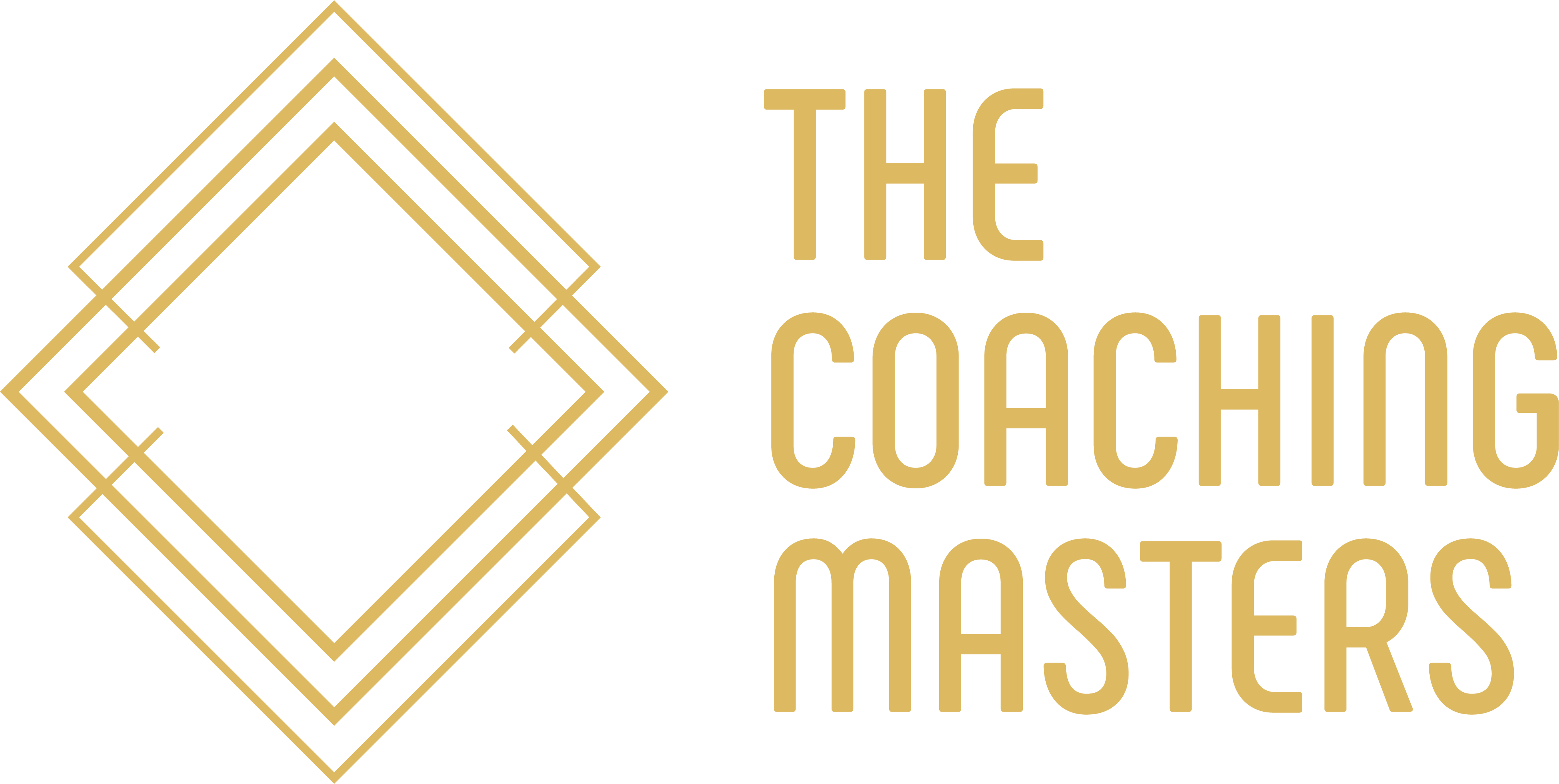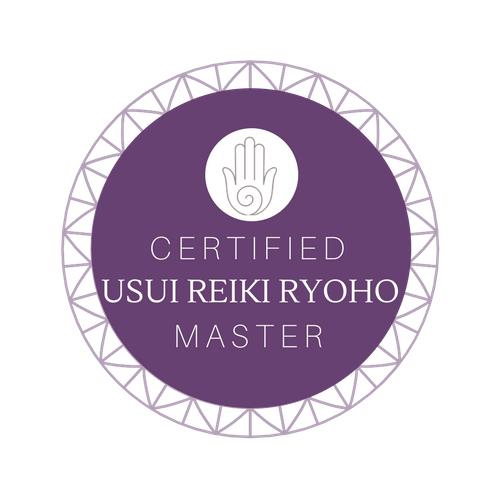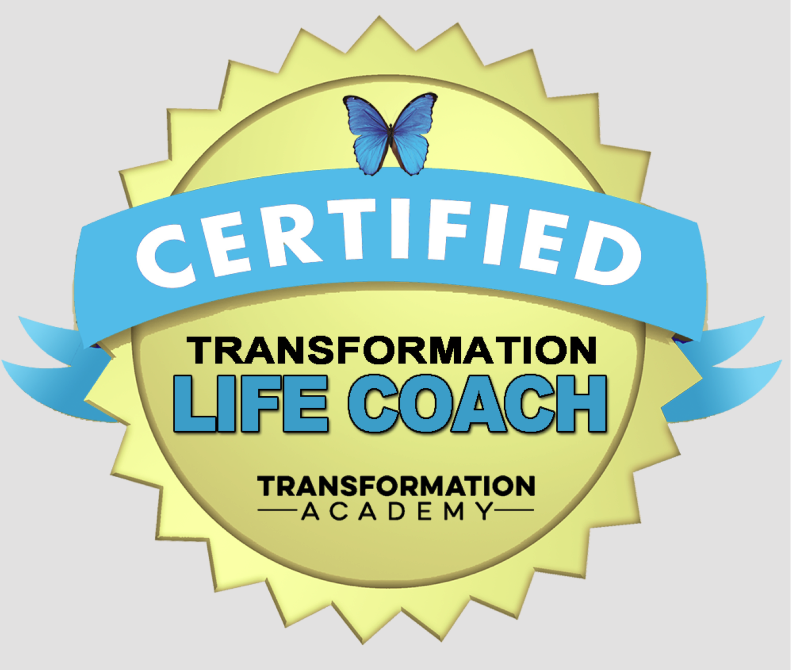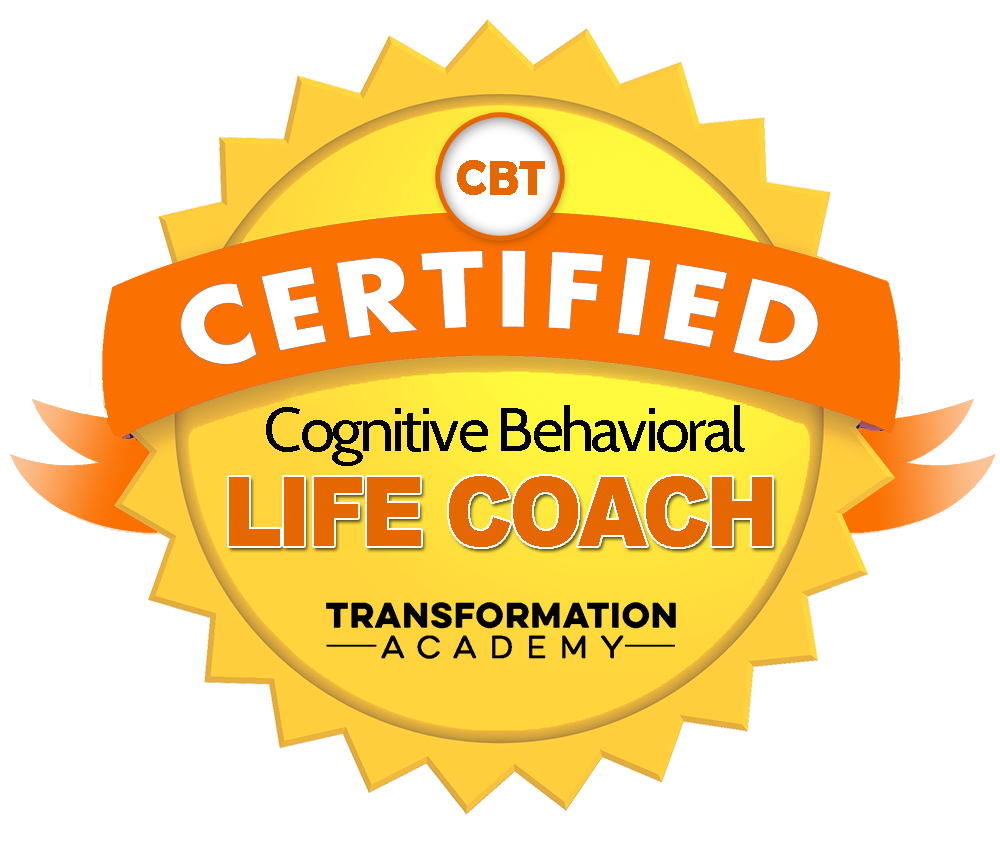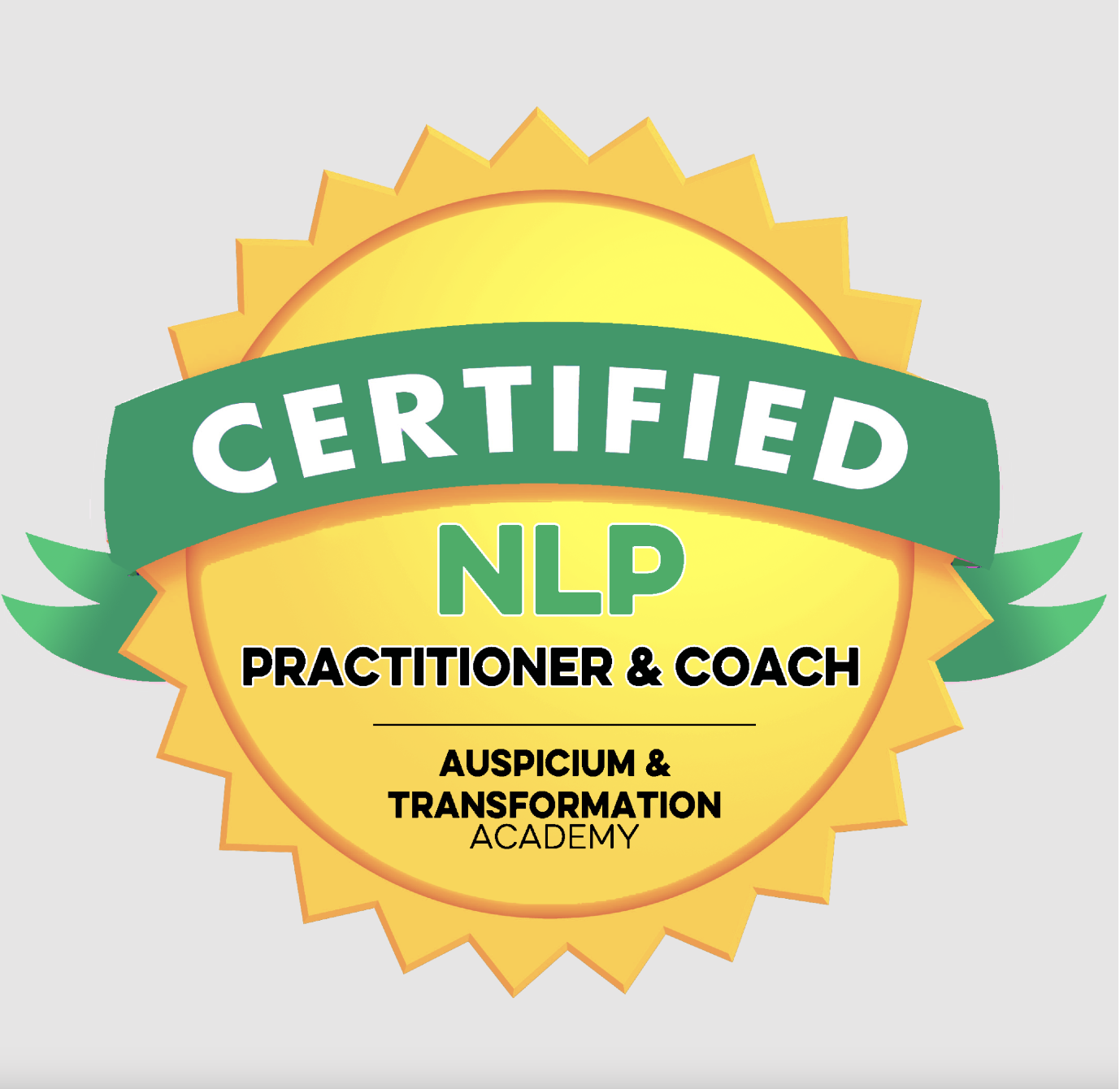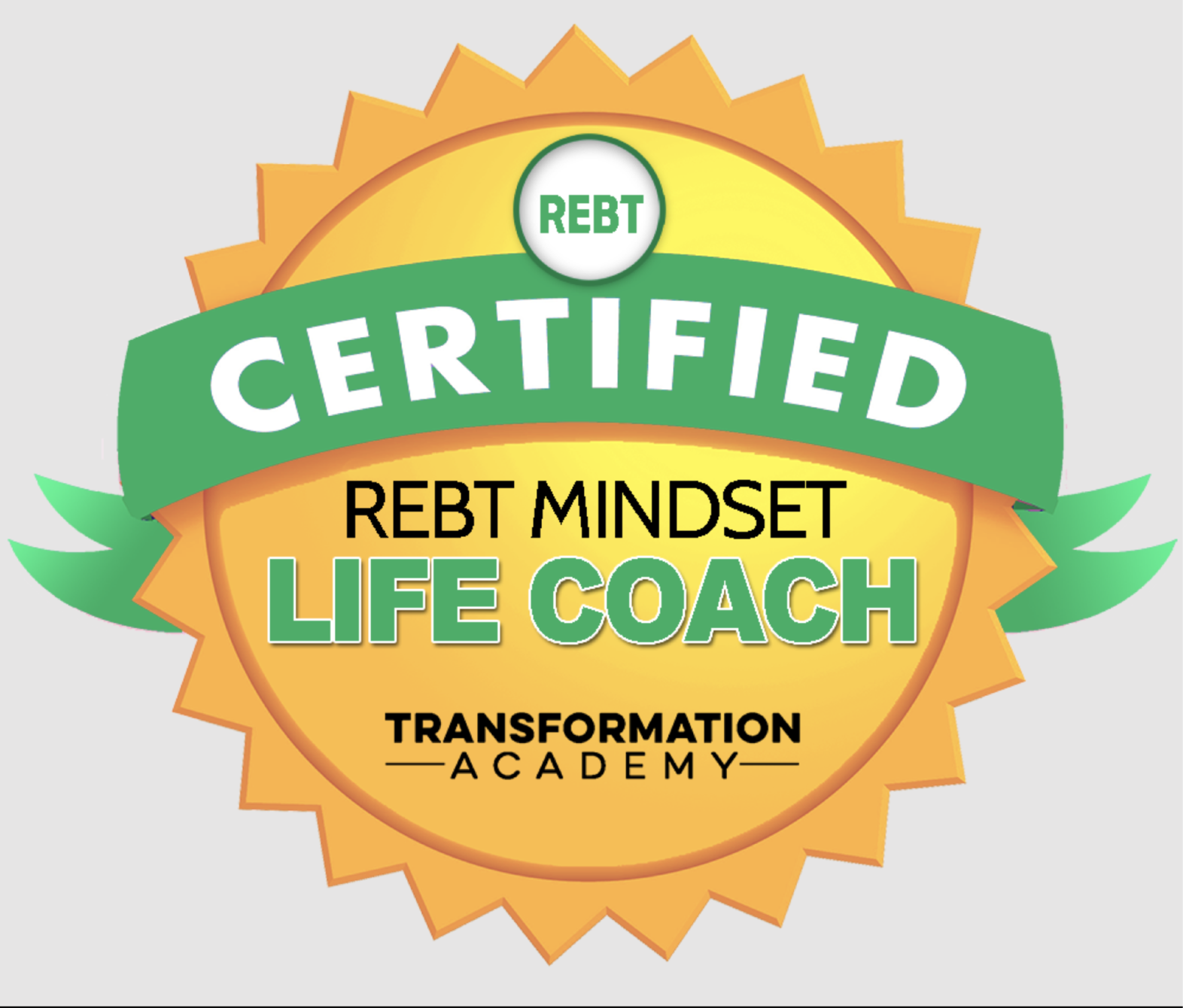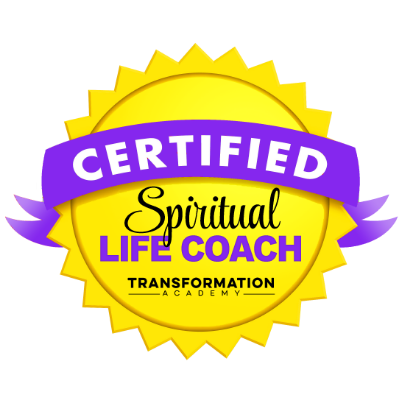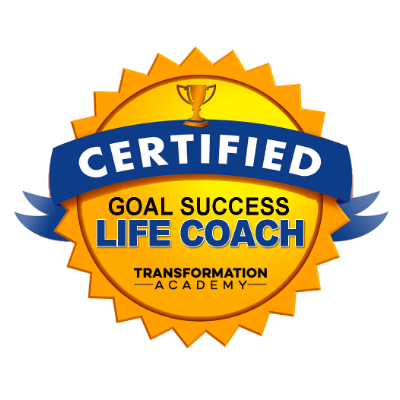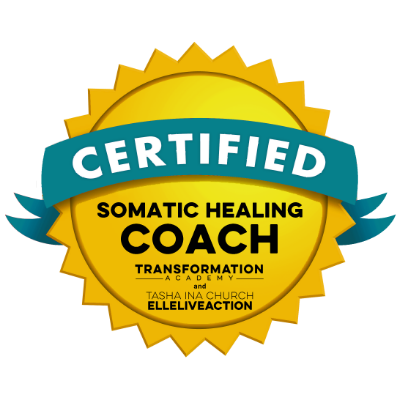Origins of Reiki
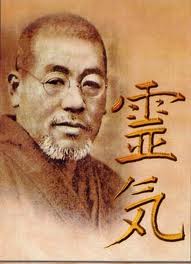
This ancient practice has been around since the early twentieth century in Japan. A practitioner named Mikao Usui said that he had been blessed with the ability to heal without depleting his energy. He went to Mount Kurama and meditated for three weeks. Afterward, he returned to his village and began teaching others about this healing technique and the symbols that needed to be used in each treatment.
Usui used initiations called Reiji-ho to enhance people's access to the healing energy. These later became known as attunements. Attunements also gave the student a clearer ability to channel the Reiki as well.
Included in the Reiki teachings were five tenets that give us a simpler way to live our lives. Usui was a reader of the works of Emperor Meiji. While developing his Reiki techniques, Usui borrowed some of Meiji's teachings. These tenets are to be said twice a day in the morning and at night. The five tenets are as follows: Just for today I will not worry, Just for today I will not anger, Just for today I will honour all life, Just for today I will earn my living honestly, and Just for today I will give thanks for everything.
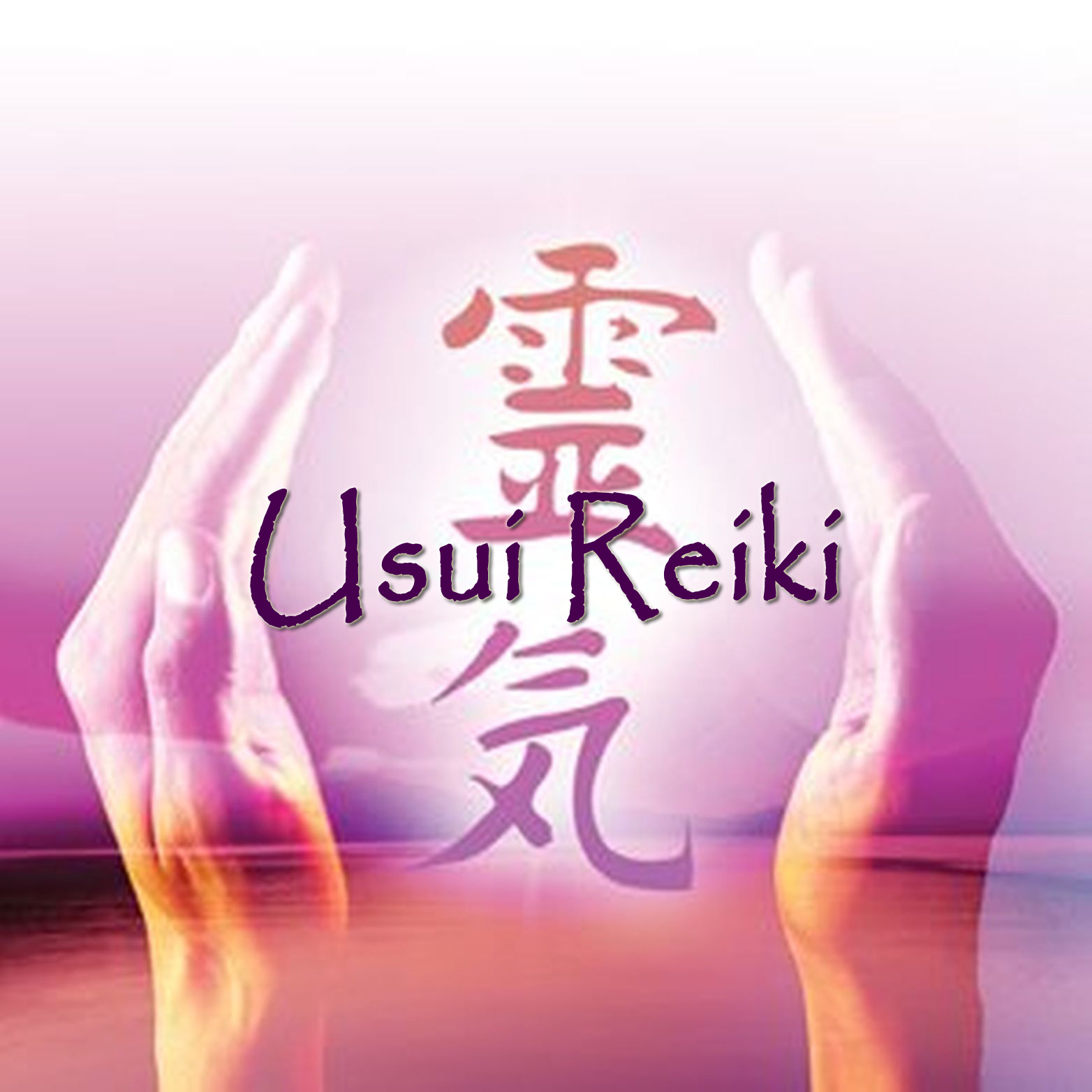
Some of Usui's students preferred to touch the patient and find out where the trouble spots were. Usui practiced a technique called scanning. He used scanning to find imbalances and closed chakras. He had always thought that the laying on of hands was only for beginners.
After treating the beggars and homeless of his village many times, Usui saw that they did not want to help themselves no matter how he tried to help them. He came up with the idea of an energy exchange between the practitioner and the patient. Usui would share his Reiki energy in exchange for monetary payment.
Reiki Timeline
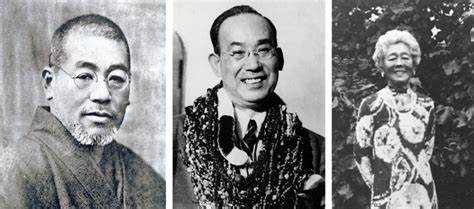
August 15, 1865 Miako Usui born in Japan
1868 Beginning of Meiji time
1869 Usui sent to a monastery school
1871 The Yen became currency in Japan
1877 Usui began his martial arts training
1888 After a bout with Cholera, Usui converted to Buddhism
1908 Usui's son, Fuji, born
1910 Shoeski Kaneko experienced enlightenment after studying Zen for years and began using his healing abilities.
1913 Usui's daughter, Toshiko, born
1915 Kenzen no Genri, a book, came out using Usui's five principles
1915 Tamai Tempaku, an artist of abdominal massage, published a book with this new modality
1918 Usui began three-year training in Zen
1919 Mataji Kawakami published a book on the Reiki Ryoho
1920 Mariko Obaasan met Usui on Mt. Hiel and worked with him every day until his death
1920 Toshiro Eguchi spent several months studying Usui's principles and teachings
1921 Usui worked as a secretary for the Department of Health and Welfare
1922 In March, it is said that Usui received the Reiki power. He went to Mt. Koya and did his twenty-one-day meditation.
1922 In April, Usui opened his first treatment centre
1922 Usui tried the Reiju empowerment too
1923 Usui develops a system for levels of Judo
1923 Eguchi returned to a training centre to practice his own te-no-hira or palm healings
1923 Earthquake registering 7.0 on the Richter Scale, over 106,000 people were reported missing, Usui became quick in spreading Reiki all over Japan gave him success and a reputation
1924 Usui moved to Tokyo
1926 Usui travelled to Fukuyama town and died there due to a stroke
1927 Usui students erect a memorial to him in Tokyo
Mikao Usui brought much into the world when he first realized the healing power of Reiki existed. He used it to help all kinds of people and helped the world after bad weather. He taught many students and passed on his wisdom to the next generation of Reiki scholars.
Click the link below to book your free clarity call or free virtual coffee chat.
Grab a copy of our newletter by completing the form below, this will then be sent to your inbox every month.
My Affirmation For The Week
"Creativity is contagious. Pass it on."
